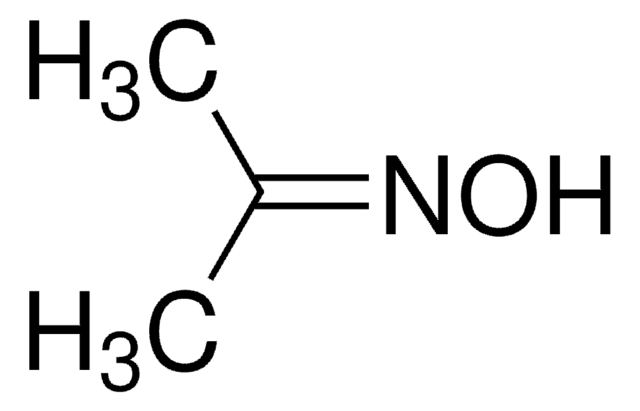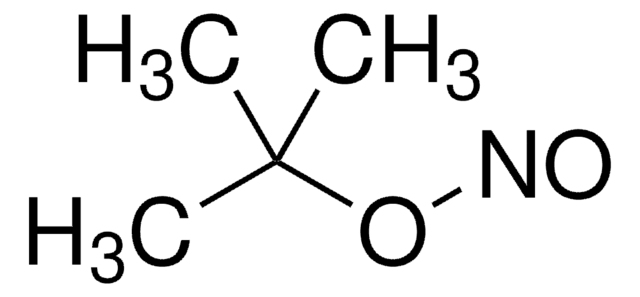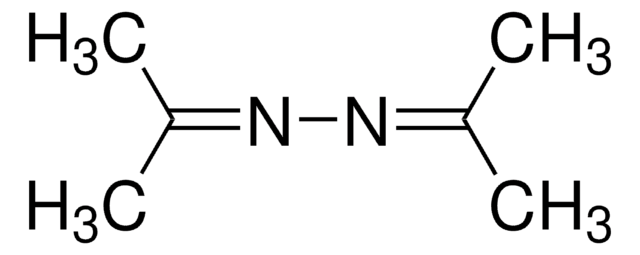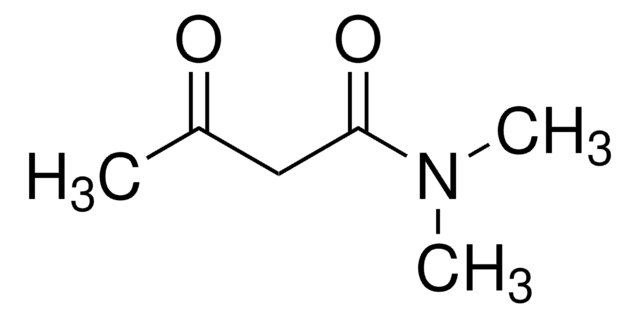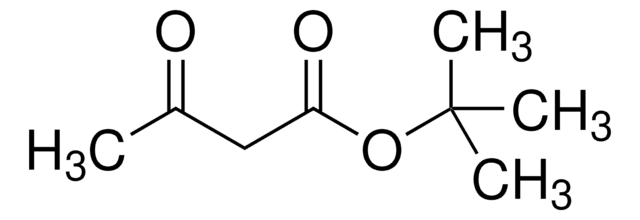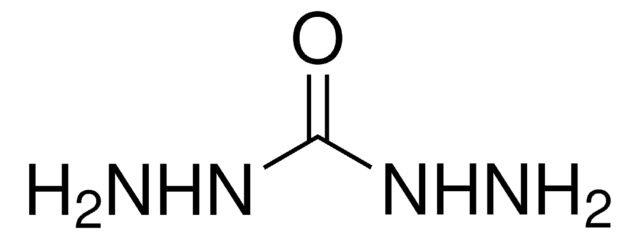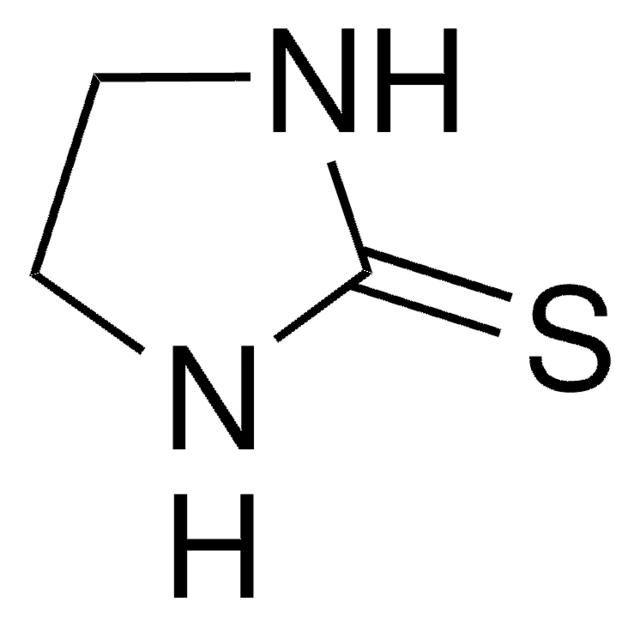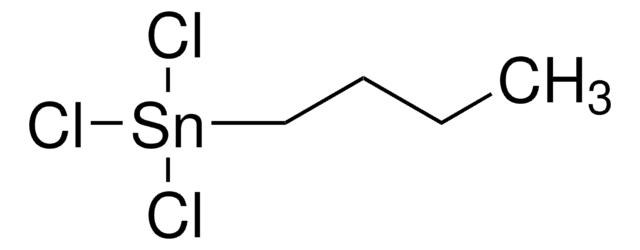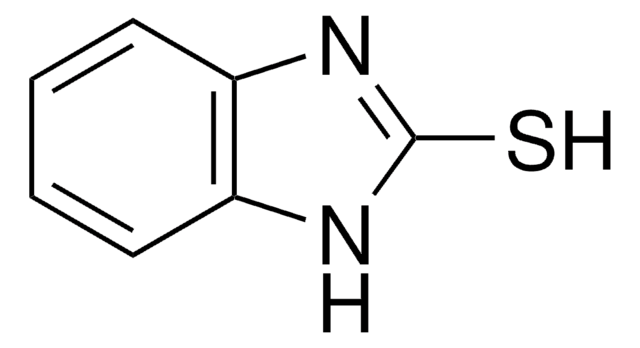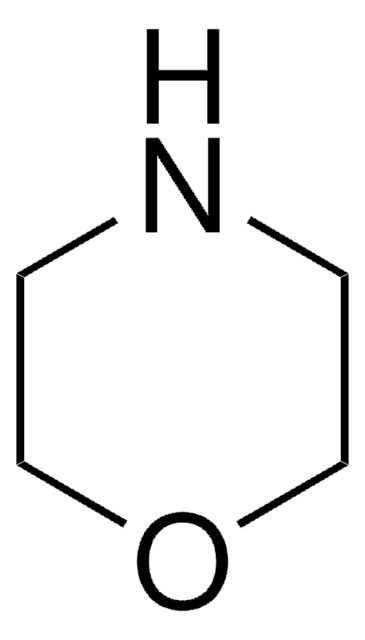332828
2-Butanone oxime
99%
Sinónimos:
Methyl ethyl ketoxime
About This Item
Productos recomendados
vapor density
3 (vs air)
Quality Level
vapor pressure
<8 mmHg ( 20 °C)
assay
99%
form
liquid
refractive index
n20/D 1.442 (lit.)
bp
59-60 °C/15 mmHg (lit.)
solubility
water: soluble 100 g/L at 25 °C
density
0.924 g/mL at 25 °C (lit.)
functional group
amine
oxime
SMILES string
CC\C(C)=N\O
InChI
1S/C4H9NO/c1-3-4(2)5-6/h6H,3H2,1-2H3/b5-4+
InChI key
WHIVNJATOVLWBW-SNAWJCMRSA-N
¿Está buscando productos similares? Visita Guía de comparación de productos
General description
Application
signalword
Danger
Hazard Classifications
Acute Tox. 3 Oral - Acute Tox. 4 Dermal - Carc. 1B - Eye Dam. 1 - Skin Irrit. 2 - Skin Sens. 1 - STOT RE 2 - STOT SE 1 - STOT SE 3
target_organs
Blood, Central nervous system, Upper respiratory tract
Storage Class
6.1C - Combustible acute toxic Cat.3 / toxic compounds or compounds which causing chronic effects
wgk_germany
WGK 3
flash_point_f
143.5 °F - closed cup
flash_point_c
61.97 °C - closed cup
ppe
Eyeshields, Faceshields, Gloves, type ABEK (EN14387) respirator filter
Elija entre una de las versiones más recientes:
¿Ya tiene este producto?
Encuentre la documentación para los productos que ha comprado recientemente en la Biblioteca de documentos.
Los clientes también vieron
Nuestro equipo de científicos tiene experiencia en todas las áreas de investigación: Ciencias de la vida, Ciencia de los materiales, Síntesis química, Cromatografía, Analítica y muchas otras.
Póngase en contacto con el Servicio técnico